Hydroxyethyl cellulose, glycerin, and purified water (Intrauterine)
Uses for hydroxyethyl cellulose, glycerin, and purified water
ExEm® foam is used to check or assess the fallopian tube of women with known or suspected infertility (unable to have children).
ExEm® foam is an ultrasound contrast dye that is used for sonohysterosalpingography. Sonohysterosalpingography is a kind of ultrasound exam wherein a fluid is put into the uterus through the cervix using a thin plastic tube. Sound waves are used to create images or pictures of the uterus and fallopian tube.
Hydroxyethyl cellulose, glycerin, and purified water is to be given only by or under the direct supervision of your doctor.
Before using hydroxyethyl cellulose, glycerin, and purified water
In deciding to use a diagnostic test, any risks of the test must be weighed against the good it will do. This is a decision you and your doctor will make. Also, other things may affect test results. For this test, the following should be considered:
Allergies
Tell your doctor if you have ever had any unusual or allergic reaction to hydroxyethyl cellulose, glycerin, and purified water or any other medicines. Also tell your health care professional if you have any other types of allergies, such as to foods, dyes, preservatives, or animals. For non-prescription products, read the label or package ingredients carefully.
Pediatric
Appropriate studies on the relationship of age to the effects of ExEm® foam have not been performed in the pediatric population. Safety and efficacy have not been established.
Geriatric
No information is available on the relationship of age to the effects of ExEm® foam in geriatric patients.
Breastfeeding
There are no adequate studies in women for determining infant risk when using this medication during breastfeeding. Weigh the potential benefits against the potential risks before taking this medication while breastfeeding.
Interactions with medicines
Although certain medicines should not be used together at all, in other cases two different medicines may be used together even if an interaction might occur. In these cases, your doctor may want to change the dose, or other precautions may be necessary. When you are receiving this diagnostic test, it is especially important that your healthcare professional know if you are taking any of the medicines listed below. The following interactions have been selected on the basis of their potential significance and are not necessarily all-inclusive.
Receiving this diagnostic test with any of the following medicines is usually not recommended, but may be required in some cases. If both medicines are prescribed together, your doctor may change the dose or how often you use one or both of the medicines.
- Arsenic Trioxide
Receiving this diagnostic test with any of the following medicines may cause an increased risk of certain side effects, but using both drugs may be the best treatment for you. If both medicines are prescribed together, your doctor may change the dose or how often you use one or both of the medicines.
- Licorice
Interactions with food/tobacco/alcohol
Certain medicines should not be used at or around the time of eating food or eating certain types of food since interactions may occur. Using alcohol or tobacco with certain medicines may also cause interactions to occur. Discuss with your healthcare professional the use of your medicine with food, alcohol, or tobacco....



